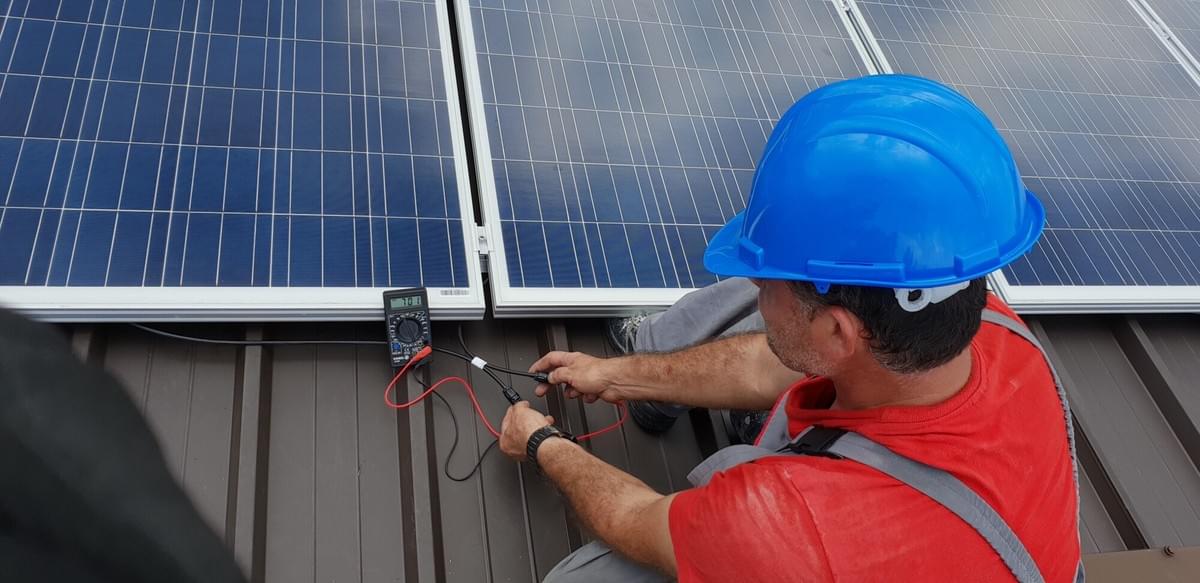
Solar panel installation begins with an inspection of your site. Your solar panel installation contractor will visit your home and assess your needs to create a custom-designed solar panel system. This can help you determine the best design for your property, and it can address obstacles that might delay installation. Once you have decided to find the design, you'll need to submit the permit application to your local government. While permitting process varies from region to region, your contractor should work closely with you through this process.
Once you've decided on the type of solar panel installation, you'll need to run the electrical wires to the panels. The specifics of this process will vary by manufacturer, but your solar installation guide should explain how to install a backfeed breaker and grounding system. If your solar system will not be self-sufficient, you can consider a grid-tied system that will offset the power from the power grid, and a hedge against rising utility costs.Once the system is complete, the solar installer will set up work areas. If necessary, they will move furniture or equipment to make sure they have access to the attic. They will also take care of the floor in any temporary work areas.
You can also hire an installer to erect scaffolding or ladders for accessing the roof. Most cities require the use of safety ropes as part of the installation process. A solar installer can also be certified in renewable energy, which will allow them to claim credit for your solar panels.Once you've chosen the right type of solar panel installation, the crew will prepare the roof for installation. They will place electrical wiring and build racking for the solar panels. After this, the solar panels are installed on the racking. The racking will be connected to an inverter to convert direct current energy into alternating current.
If you choose this option, the crew will also connect the conduits and test the solar panel installation system to ensure it is operating correctly.After the solar panel installation process is complete, the final step is the connection to the grid. Your solar panel installation company should have a representative from the town government check the system. They will ensure that the panels are securely mounted and that the installation meets all electrical codes. Lastly, your solar installation company should have the proper permits to install your system. You'll need to get permits for solar installation and check local zoning regulations before you start the installation. When it comes to mounting your solar panels, there are two general options: roof mount or ground mount. Both types require a solid foundation to mount your solar panels. Make sure you prepare the roof well for mounting. Your rafters, or eave boards, are the structural components of your roof. The gutter and fascia board should also be attached to the rafters. Make sure you use good quality roofing materials and hardware to avoid damaging your panels.
Education is a never ending process, so continue reading here: https://www.britannica.com/science/solar-energy.